| Interpol e-Passport Booklet | |
|---|---|
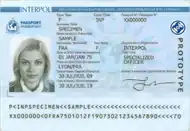 The biographical data page inside the prototype Interpol e-Passport Booklet | |
| Type | Passport |
| Issued by | Interpol |
| First issued | 13 October 2009[1] |
| Purpose | Identification |
| Valid in | Interpol member countries |
| Eligibility | Interpol officers travelling on official duty |
| Interpol e-Identification Card | |
|---|---|
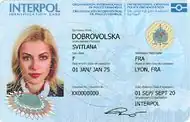 The front of an Interpol e-Identification Card | |
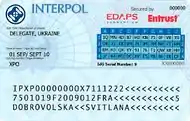 The reverse of an Interpol e-Identification Card | |
| Type | Identity Card |
| Issued by | Interpol |
| First issued | 7 November 2010[2] |
| Purpose | Identification |
| Valid in | Interpol member countries |
| Eligibility | Interpol officers travelling on official duty |
An Interpol Travel Document is a travel document issued to Interpol officers for travel to Interpol member countries. They are intended to reduce response times for personnel deployed to assist with transnational criminal investigations, major events or emergency situations by waiving normal visa requirements.[3]
The travel documents consist of an e-Passport Booklet and an e-Identification Card identifying the holder as an Interpol officer, granting them special immigration status when travelling on official Interpol duties to participating member countries.[4]
The Interpol Travel Document initiative proposal was approved by Interpol's Executive Committee in March 2009 and was unanimously ratified by Interpol member countries at the 79th Interpol General Assembly in Doha in November 2010.[5]
Physical appearance
The e-Passport Booklet contains 34 visa pages and a polycarbonate machine readable bio-data page. The cover is black with silver embossing on the front. The word "INTERPOL" in both Latin (INTERPOL) and Arabic (الإنتربول) script appears at the top, with the Interpol logo below. The word for 'Passport' then follows in all four official Interpol languages: English (PASSPORT), French (PASSEPORT), Spanish (PASAPORTE), and Arabic (جواز السفر). The biometric passport symbol appears at the bottom of the cover. The bio-data page features the holder's name, date and place of birth, photograph and signature, their job title, the passport number, the issuer code "XPO", and its issue and expiry dates. A machine readable strip runs along the bottom of the page.
The e-Identification Card is a light blue polycarbonate smartcard. The front features the Interpol logo overlaid with the holder's biographical data, photograph and signature, the document number and its expiry date. The reverse features the officer's job title, the card's issue date, the issuer code "XPO", and a machine readable strip.
Technical features
The Interpol travel documents were developed by the EDAPS Consortium[6] and Entrust, Inc.[7] The passport contains 29[8] security features including laser engraving and an electronic RFID chip storing the holder's biometric data, as well as holographic, micrographic, and optical security elements.[9] Both travel documents meet the relevant ICAO/ISO standards and have been allocated the three-letter country code 'XPO'. The passports are produced in Kyiv by EDAPS and can be printed and dispatched in less than two hours after an individual's personal data has been received.[8]
International recognition
Each participating member country decides whether to recognise either the e-Passport Booklet and/or the e-Identification Card and whether they need be used in conjunction with or without a valid national passport. The holder is then granted visa exemption, expedited visa processing or some other special visa treatment depending on the individual arrangement.
It was anticipated by Interpol that 100 members would have recognised the documents in time for Interpol's 83rd General Assembly in Monaco in November 2014, which marked the 100th anniversary of the first International Criminal Police Congress.[10] This was achieved by the conclusion of the 83rd General Assembly.
As of July 2017, the travel documents are accepted in either, or both its forms (e-Passport Booklet and/or e-Identification Card), sometimes to be used in conjunction with a valid national passport, by 103 of Interpol's 192 member countries.[11]
 Afghanistan
Afghanistan Albania
Albania Algeria
Algeria Andorra
Andorra Angola
Angola Argentina
Argentina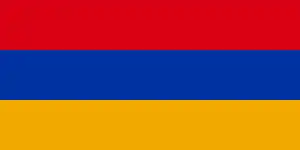 Armenia
Armenia Austria
Austria Bangladesh
Bangladesh Belarus
Belarus Benin
Benin Botswana
Botswana Brazil
Brazil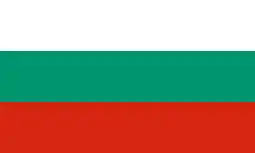 Bulgaria
Bulgaria Burkina Faso
Burkina Faso Burundi
Burundi Cambodia
Cambodia Cameroon
Cameroon.svg.png.webp) Canada
Canada Cape Verde
Cape Verde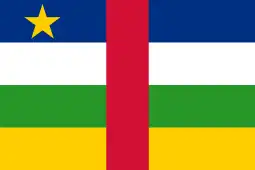 Central African Republic
Central African Republic Chad
Chad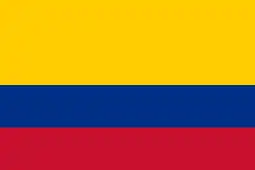 Colombia
Colombia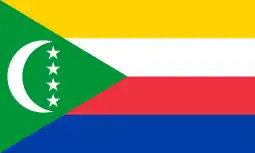 Comoros
Comoros Congo
Congo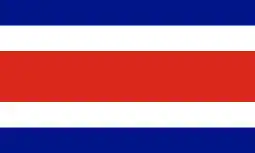 Costa Rica
Costa Rica Côte d’Ivoire
Côte d’Ivoire Curaçao
Curaçao Djibouti
Djibouti Dominican Republic
Dominican Republic DR Congo
DR Congo Egypt
Egypt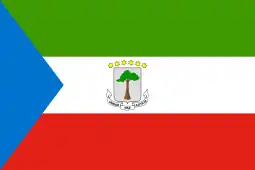 Equatorial Guinea
Equatorial Guinea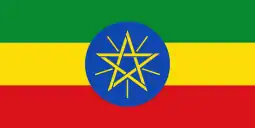 Ethiopia
Ethiopia Fiji
Fiji France
France Gabon
Gabon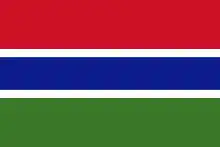 Gambia
Gambia Georgia
Georgia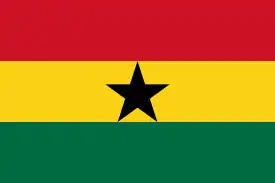 Ghana
Ghana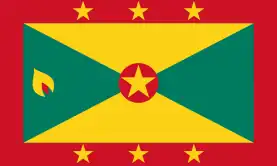 Grenada
Grenada Guinea
Guinea Guinea Bissau
Guinea Bissau Guyana
Guyana Iraq
Iraq Italy
Italy Jamaica
Jamaica Jordan
Jordan Kenya
Kenya Kuwait
Kuwait Laos
Laos Lebanon
Lebanon Lesotho
Lesotho Liberia
Liberia Libya
Libya North Macedonia
North Macedonia Madagascar
Madagascar Malawi
Malawi Malaysia
Malaysia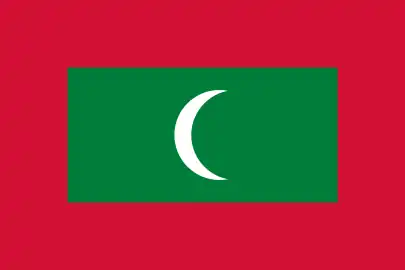 Maldives
Maldives Mali
Mali Marshall Islands
Marshall Islands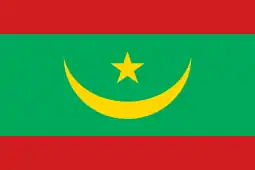 Mauritania
Mauritania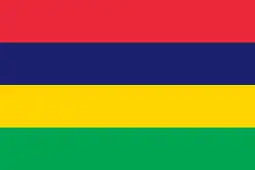 Mauritius
Mauritius Moldova
Moldova Monaco
Monaco Montenegro
Montenegro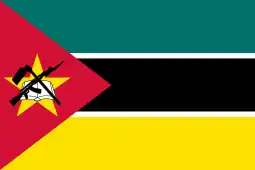 Mozambique
Mozambique Myanmar
Myanmar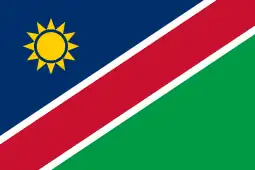 Namibia
Namibia Nepal
Nepal Niger
Niger Nigeria
Nigeria Pakistan
Pakistan Panama
Panama Papua New Guinea
Papua New Guinea Philippines
Philippines Qatar
Qatar Rwanda
Rwanda Saint Kitts and Nevis
Saint Kitts and Nevis San Marino
San Marino Sao Tome and Principe
Sao Tome and Principe Senegal
Senegal Seychelles
Seychelles Sierra Leone
Sierra Leone Singapore
Singapore Sint Maarten
Sint Maarten Slovakia
Slovakia Slovenia
Slovenia Somalia
Somalia South Africa
South Africa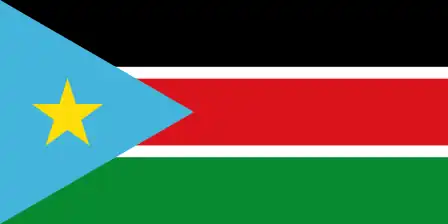 South Sudan
South Sudan Sri Lanka
Sri Lanka Sudan
Sudan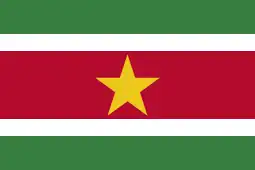 Suriname
Suriname Swaziland
Swaziland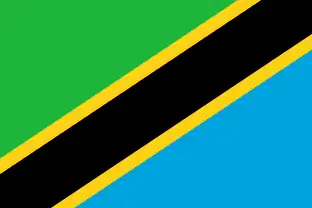 Tanzania
Tanzania Timor-Leste
Timor-Leste Turkey
Turkey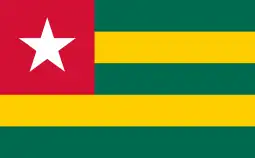 Togo
Togo Uganda
Uganda United States of America
United States of America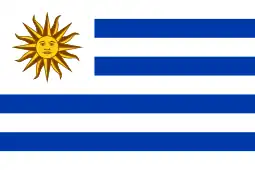 Uruguay
Uruguay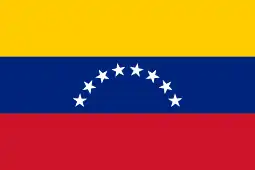 Venezuela
Venezuela Yemen
Yemen Zimbabwe
Zimbabwe
See also
References
- ↑ "Document: XPO-AS-01001". Public Register of Authentic Travel and Identity Documents Online (PRADO). The Council of the European Union. 16 April 2013. Retrieved 15 June 2013.
- ↑ "Document: XPO-BS-01001". Public Register of Authentic Identity and Travel Documents Online (PRADO). The Council of the European Union. 16 April 2013. Retrieved 15 June 2013.
- ↑ Bellknap, Kelly (13 October 2009). "Interpol Cops to Travel Without Visas". ABC News. Retrieved 20 March 2012.
- ↑ "The Interpol Travel Document Initiative - Information Leaflet". Interpol. December 2010. Retrieved 15 June 2013.
- ↑ "INTERPOL Travel Document initiative". Interpol. 2013. Retrieved 15 June 2013.
- ↑ "INTERPOL to set global standard in travel document security with new e-passport initiative". EDAPS Consortium. 21 September 2009. Retrieved 15 June 2013.
- ↑ "Entrust and INTERPOL Announce the Delivery and Use of Innovative Smartcard Credential Service". Entrust, Inc. 15 June 2010. Retrieved 15 June 2013.
- 1 2 Balueva, Tatiana (April 2010). "INTERPOL HAS RECEIVED E-PASSPORTS". Watermark Magazine. Retrieved 15 June 2013.
- ↑ "Interpol sets standard in electronic passports". InfoSecurity magazine. 23 September 2009. Retrieved 15 June 2013.
- ↑ Interview with Ralph Markert at Wise Media's sixth EMEA summit on YouTube
- ↑ "Official recognition from 103 member countries" (PDF). Interpol. Retrieved 7 July 2017.